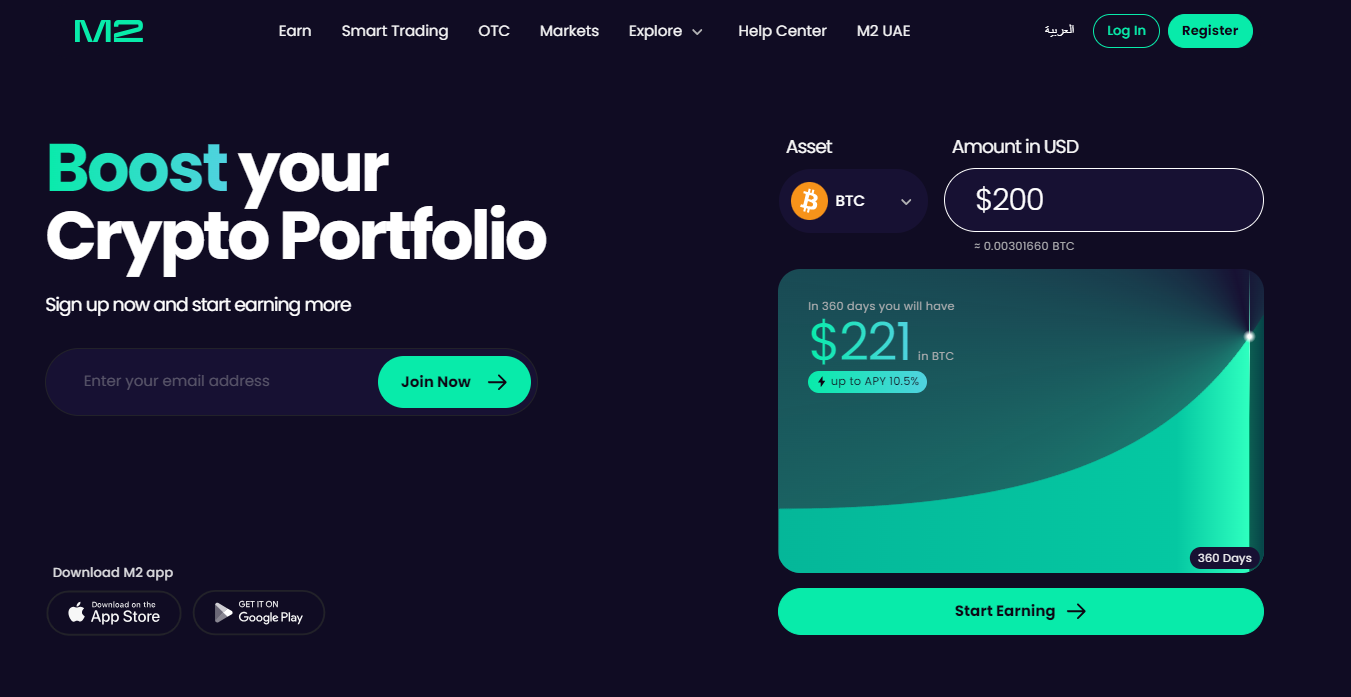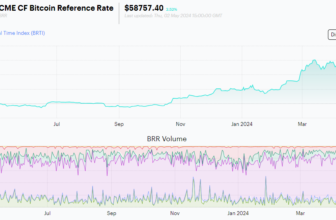
Factors Affecting Bitcoin Transaction Fees Post-Halving
Transaction volume, network congestion, and miner competition are key factors impacting Bitcoin transaction fees post-halving.
Increased transaction volume leads to higher fees due to limited block space, while reduced congestion can lower fees.
Miner competition also affects fees, with higher competition leading to higher fees as miners prioritize transactions with higher fees.
Factors contributing to decrease in Bitcoin transaction fees
To decrease Bitcoin transaction fees, consider the following factors:
- Opt for off-peak times: Conduct transactions during periods of lower network congestion to reduce fees.
- Use SegWit addresses: Utilize Segregated Witness (SegWit) addresses, which can lower transaction costs.
- Set appropriate transaction fees: Adjust the fee level based on network conditions to ensure timely confirmation without overpaying.
- Utilize transaction batching: Combine multiple transactions into a single batch to minimize fees.
- Consider the Lightning Network: Explore utilizing the Lightning Network for micro-transactions, as it offers faster and cheaper payments.
- Choose a wallet with fee optimization: Opt for a wallet that calculates optimal fees based on network conditions to ensure cost-effective transactions.
Impact of halving on Bitcoin transaction fees
After the halving, the reduction in the block reward incentivizes miners to prioritize high-fee transactions, resulting in an increase in transaction fees. This impact on Bitcoin transaction fees highlights the importance of understanding the halving event and its effects on network congestion and fee dynamics.
Historical Trends in Bitcoin Transaction Fees

Bitcoin transaction fees have experienced significant fluctuations throughout its history. In the early years, fees were extremely low, often less than a cent per transaction. However, as the popularity of Bitcoin increased, so did the demand for transactions, resulting in higher fees. In 2017, during the peak of the cryptocurrency boom, fees skyrocketed, reaching an average of $55 per transaction. Since then, fees have stabilized, but still remain higher than in the early days of Bitcoin.
Overview of Bitcoin transaction fees pre-halving

Bitcoin transaction fees before the halving were relatively low, often less than a cent per transaction. However, as Bitcoin grew in popularity, fees increased due to higher demand. In 2017, fees reached an average of $55 per transaction during the cryptocurrency boom.
Comparison of Bitcoin transaction fees before and after halving
After the Bitcoin halving, the average transaction fees decreased significantly compared to before the event. Users are now experiencing lower fees, making Bitcoin transactions more cost-effective.
Current State of Bitcoin Transaction Fees
Currently, the average Bitcoin transaction fees are significantly lower compared to before the halving event. Medium-priority transactions cost around $8.48, while high-priority transactions cost approximately $9.32, according to data from Mempool.space.
Current average Bitcoin transaction fees
The current average Bitcoin transaction fees have significantly decreased after the halving, with medium-priority transactions costing around $8.48, and high-priority transactions costing approximately $9.32.
Analysis of recent trends in Bitcoin transaction fees
Over the past few months, there has been a notable trend in the reduction of Bitcoin transaction fees. This decline can be attributed to several factors, including the recent halving event and the increased adoption of alternative scaling solutions. As a result, users can now enjoy lower fees and faster transaction times when using the Bitcoin network. It is crucial for users and businesses to stay informed about these trends to optimize their Bitcoin transactions and minimize costs.
Implications of Low Bitcoin Transaction Fees
Decreased Costs:Lower transaction fees result in reduced costs for Bitcoin users, making it more affordable to send and receive funds.
Increased Adoption:With lower fees, Bitcoin becomes more attractive to new users and businesses, encouraging greater adoption and usage.
Improved Transaction Speeds:Lower fees often correspond to faster transaction confirmation times, improving the overall user experience.
Network Scalability:Reduced fees can alleviate congestion on the Bitcoin network, increasing its scalability and enabling more transactions to be processed efficiently.
Opportunities for Micropayments:Lower fees open doors for microtransactions, allowing for the transfer of very small amounts of value, which can be beneficial for various industries such as gaming and content monetization.
Related Industry Innovation:The decline in Bitcoin transaction fees has prompted the development of alternative scaling solutions and technologies that can further optimize the network’s efficiency and cost-effectiveness.
Effects of reduced transaction fees on Bitcoin network
The decrease in transaction fees on the Bitcoin network has several effects. Firstly, it reduces the costs for users, making it more affordable to send and receive funds. Additionally, lower fees can alleviate network congestion and improve transaction speeds. This, in turn, can lead to increased adoption and usage of Bitcoin. Furthermore, reduced fees open up opportunities for microtransactions and support the growth of industries such as gaming and content monetization. The decline in fees has also spurred innovation in alternative scaling solutions and technologies to further optimize the network’s efficiency.
Potential benefits and drawbacks of low transaction fees
Potential benefits of low transaction fees include increased affordability for users, improved transaction speeds, reduced network congestion, and the promotion of microtransactions and industry growth. However, drawbacks can include potential security risks and the need for alternative scaling solutions to maintain network efficiency. It is essential to strike a balance between low fees and maintaining a secure and efficient network.
Strategies for Minimizing Bitcoin Transaction Fees
Using a Bitcoin transaction accelerator service, setting lower transaction fee rates during off-peak times, and utilizing Segregated Witness (SegWit) addresses are effective strategies for minimizing Bitcoin transaction fees.
Tips for optimizing Bitcoin transactions to reduce fees
To optimize Bitcoin transactions and reduce fees, consider the following tips:
1. Use a Bitcoin transaction accelerator service to speed up confirmation times.
2. Set lower transaction fee rates during off-peak times to take advantage of lower network congestion.
3. Utilize Segregated Witness (SegWit) addresses, which can help reduce the size of transactions and therefore lower fees.
4. Consolidate smaller transactions into fewer larger ones to minimize the number of inputs and outputs, resulting in lower fees.
5. Keep an eye on the mempool – the list of unconfirmed transactions – and aim to send transactions when the mempool is less congested.
6. Regularly update your Bitcoin wallet software to benefit from improvements and optimizations that may reduce fees.
By implementing these strategies, you can minimize Bitcoin transaction fees and optimize your overall transaction experience.
Recommended wallet settings for cost-effective transactions
To optimize your Bitcoin transactions and reduce fees, consider the following wallet settings:
- Enable Segregated Witness (SegWit): By using a wallet that supports SegWit addresses, you can reduce the size of your transactions and lower fees.
- Choose a wallet with dynamic fee settings: Some wallets allow you to adjust the transaction fee based on network congestion. Setting lower fees during off-peak times can save you money.
- Use transaction batching: If your wallet supports it, you can bundle multiple smaller transactions into a single larger transaction. This can reduce the number of inputs and outputs, resulting in lower fees.
- Use a transaction fee calculator: Before sending a transaction, use a fee calculator to estimate the optimal fee based on network conditions. This can help you avoid overpaying for fees.
By implementing these recommended wallet settings, you can minimize transaction fees and ensure cost-effective Bitcoin transactions.
Conclusion
In conclusion, branding is an essential aspect of business success. To effectively brand your business, focus on creating a unique identity, aligning your values and story, and showcasing your distinctiveness to stand out from competitors. Stay consistent in portraying your brand across all platforms and channels, and continually evaluate and adapt your branding strategies as needed. Remember, a strong and well-executed brand can make a significant impact on your target audience and help you differentiate yourself in a competitive market.
Summary of post-halving update on Bitcoin transaction fees
After the halving, the average transaction fee for Bitcoin experienced a significant decrease from the previous all-time high. This drop in fees could potentially lead to increased interest in other blockchains with cheaper fees.
Future outlook for Bitcoin transaction fees and network scalability
Despite the recent decrease in transaction fees, the future outlook for Bitcoin transaction fees remains uncertain. Network scalability continues to be a concern, and developers are working on solutions to improve efficiency and reduce fees.







